SMS: We have included a whole section on food allergens and intolerances within the SMS – everything a business would need to know.
Allergen controls are incorporated as standard within the food safety risk assessment at each stage of food processing to support the development of an allergen management system and compliance with updated regulations.
During routine food safety inspections businesses are expected to demonstrate how they have assessed their controls for the presence and cross contamination of food allergens.
Many businesses are failing to meet this requirement. NCASS members following the allergen controls already outlined in the NCASS food safety risk assessments and having this assessment available to view will mean this is already taken care of. They won’t have to spend hours considering where the controls and correct procedures should be implemented.
In addition, the allergen matrix and recipe card templates are included as standard within the SMS and are online in the member resource area so copies can be saved, printed and updated as necessary.
All members receive an ‘Allergens & Intolerances’ window sticker to display in their business to direct customers to speak to staff. Multiple stickers can be made available on request.
NCASS offer an online Allergen Awareness course which is available as part of the membership package. It has been written with independent catering businesses entirely in mind so incorporates relevant tips and procedures to manage food allergens.


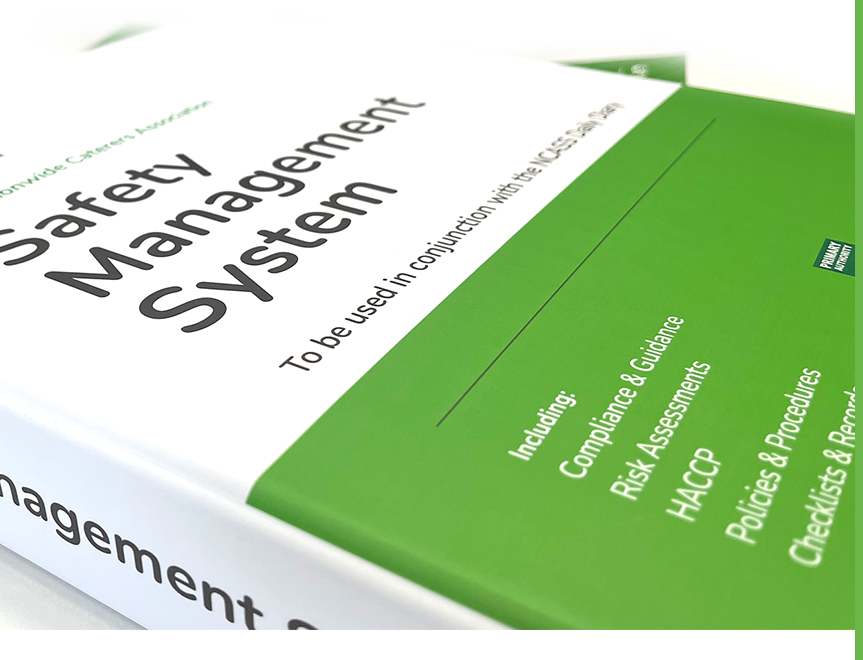
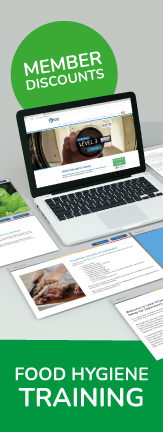

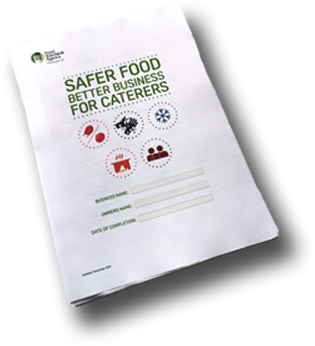
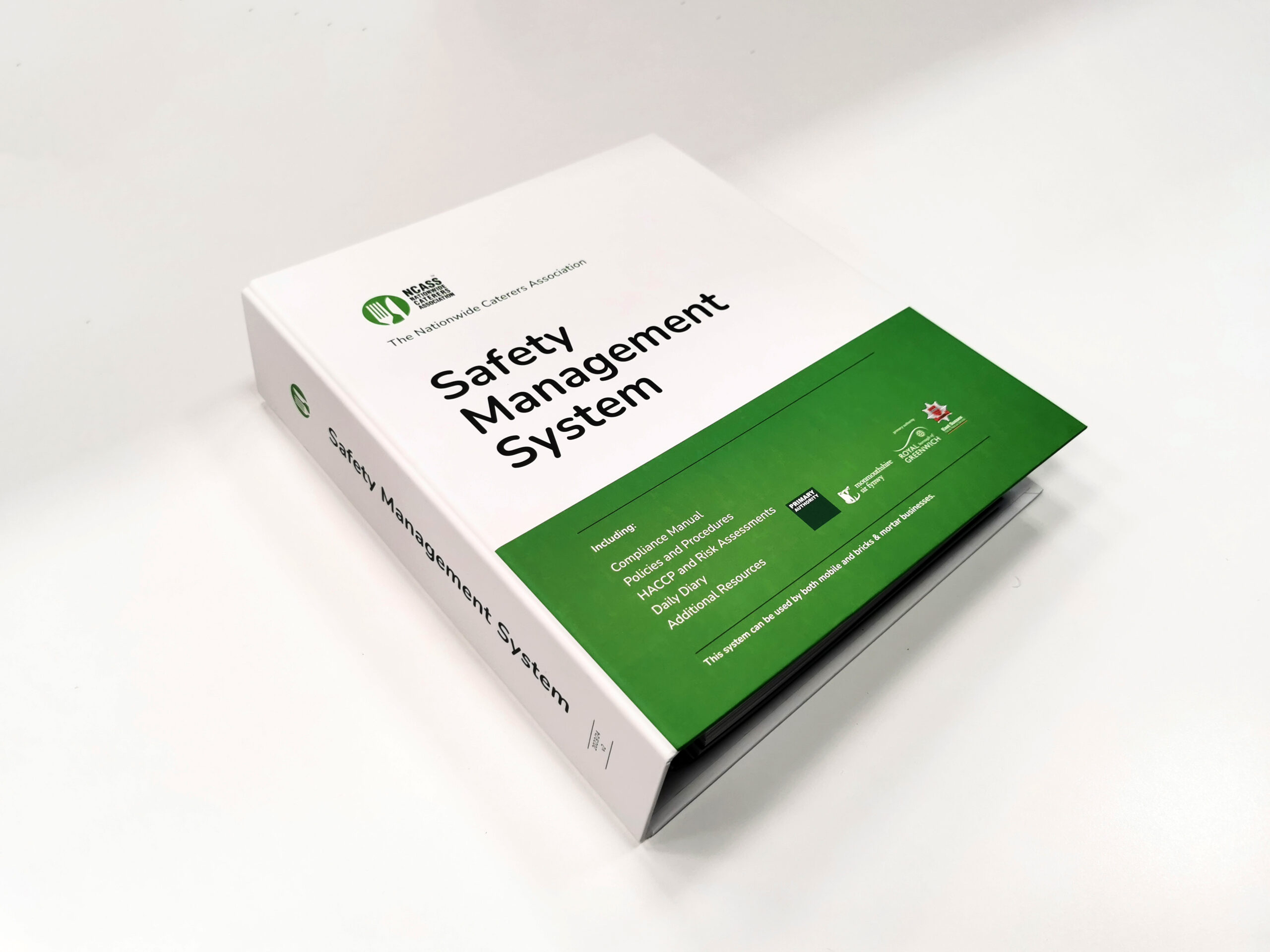

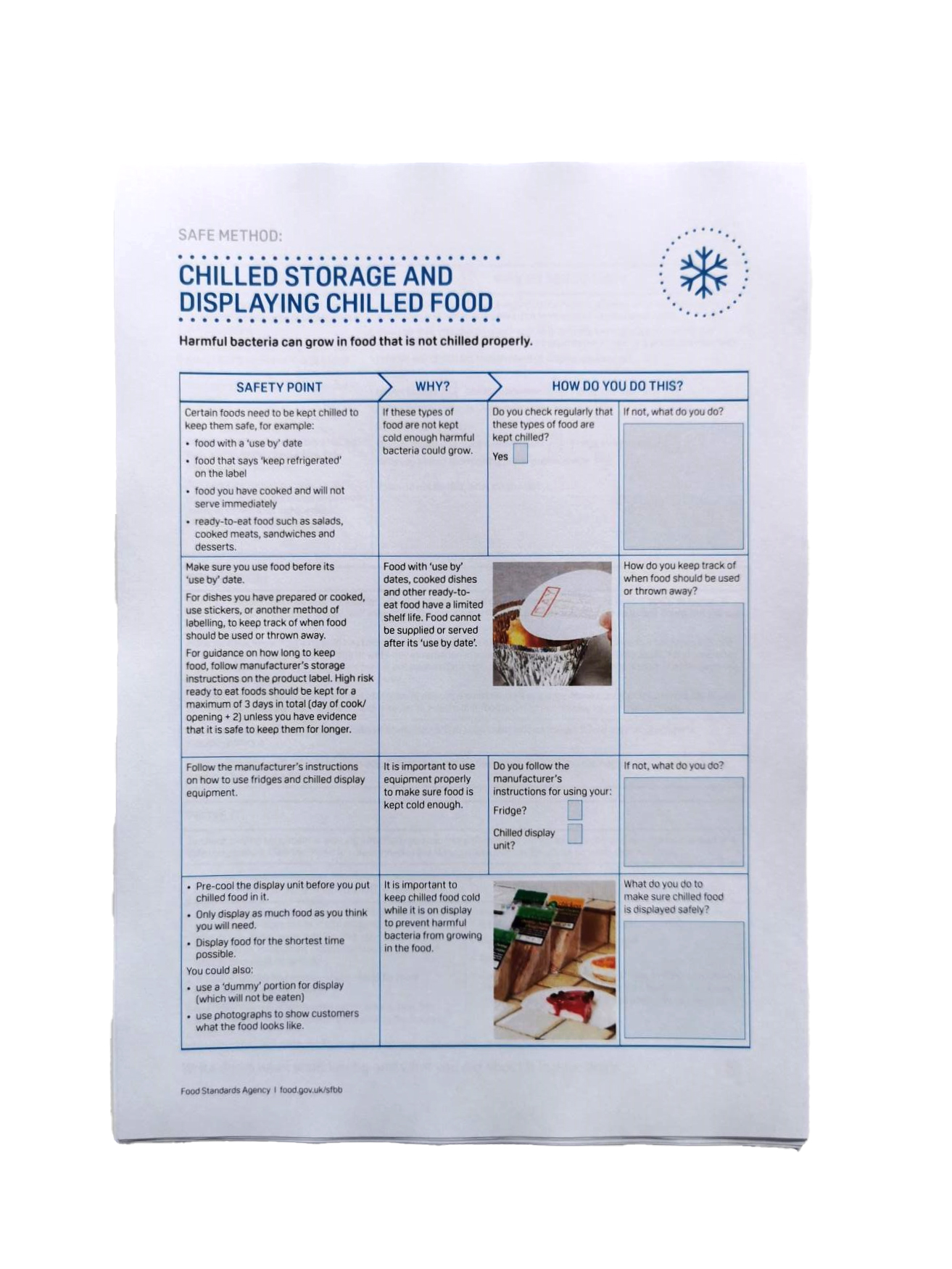

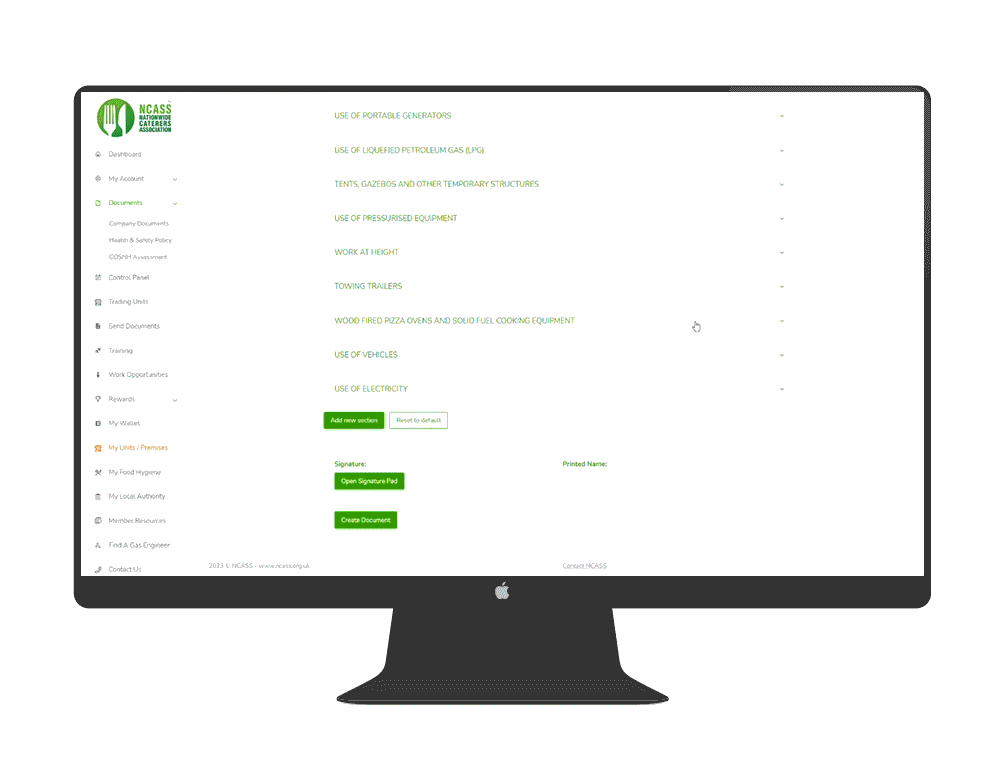

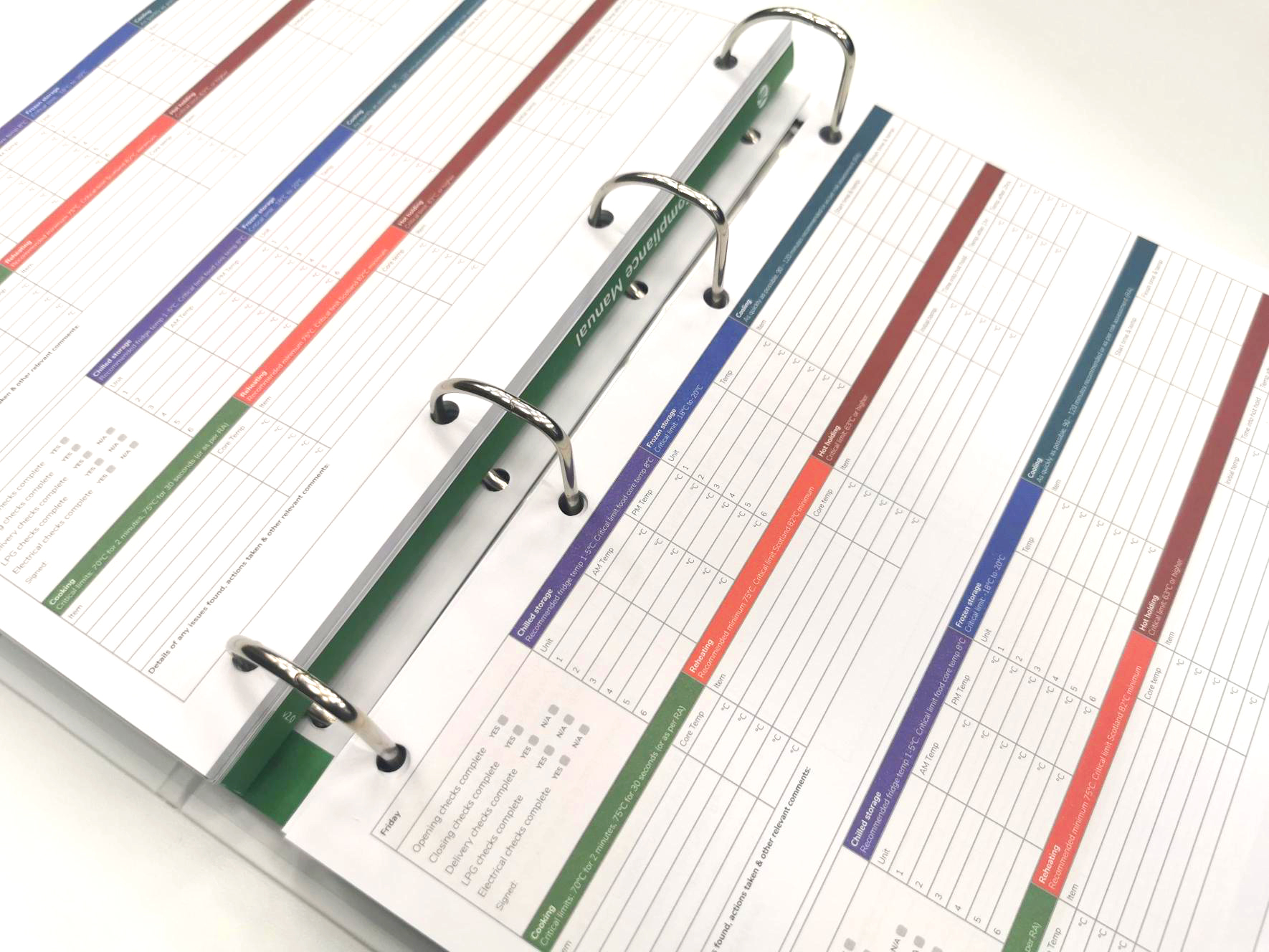

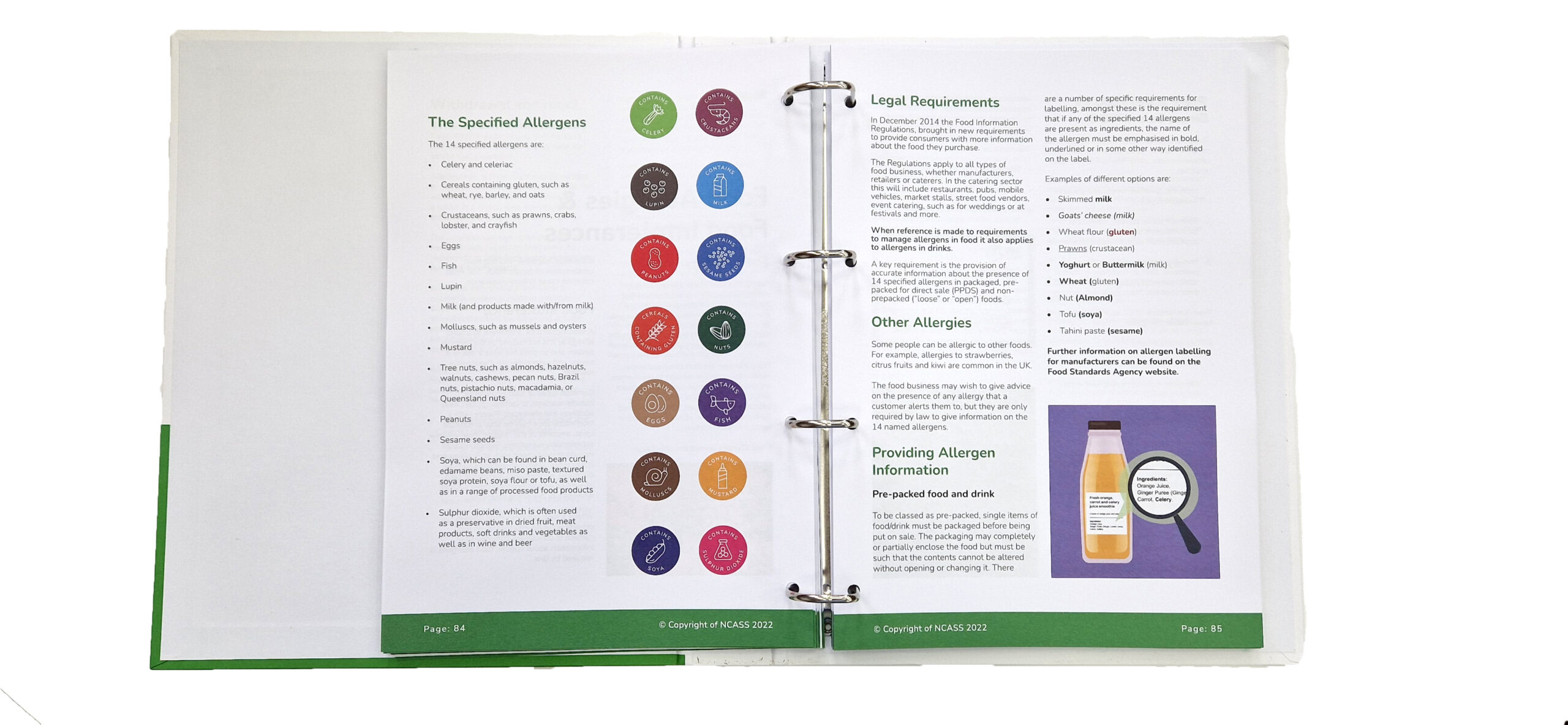
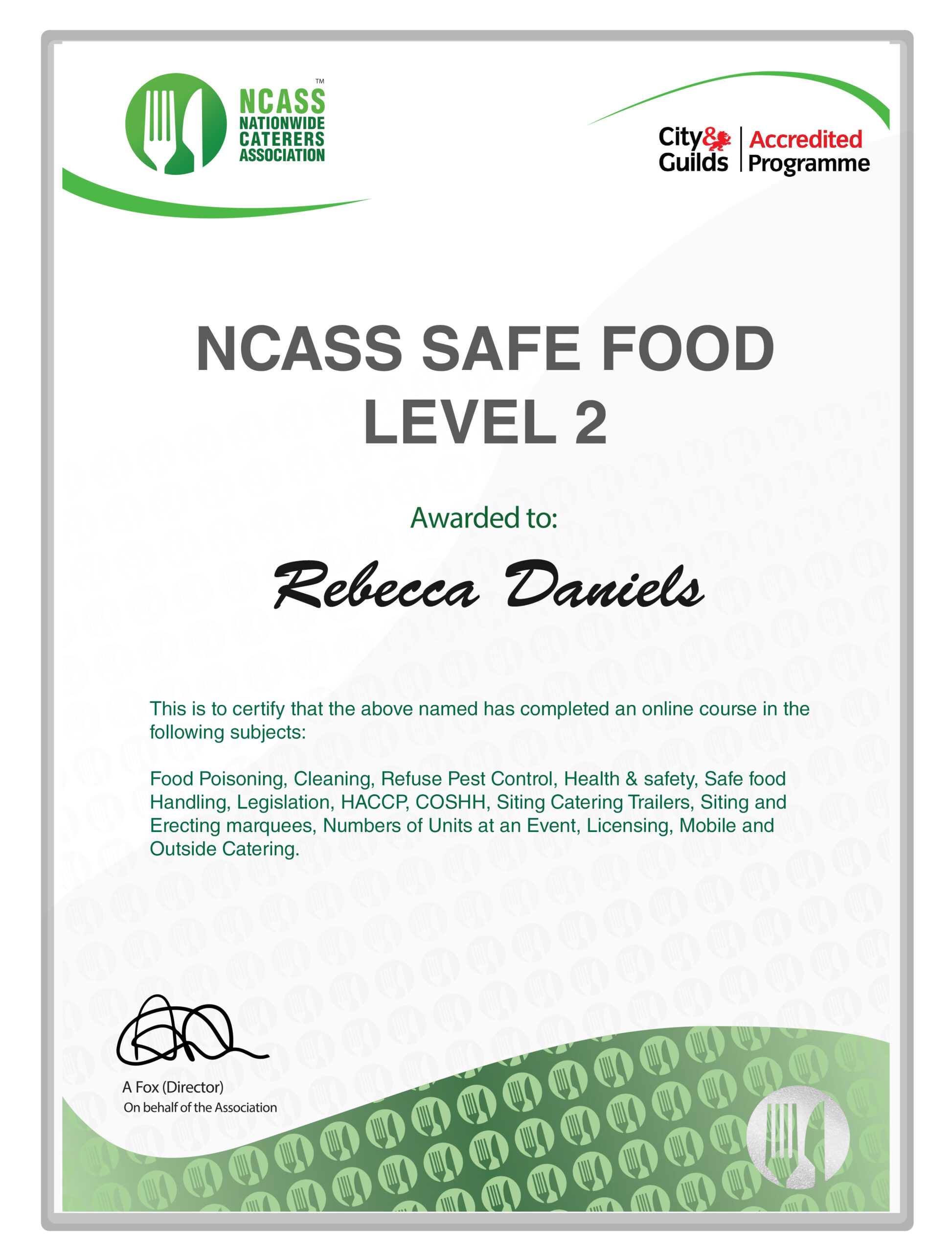

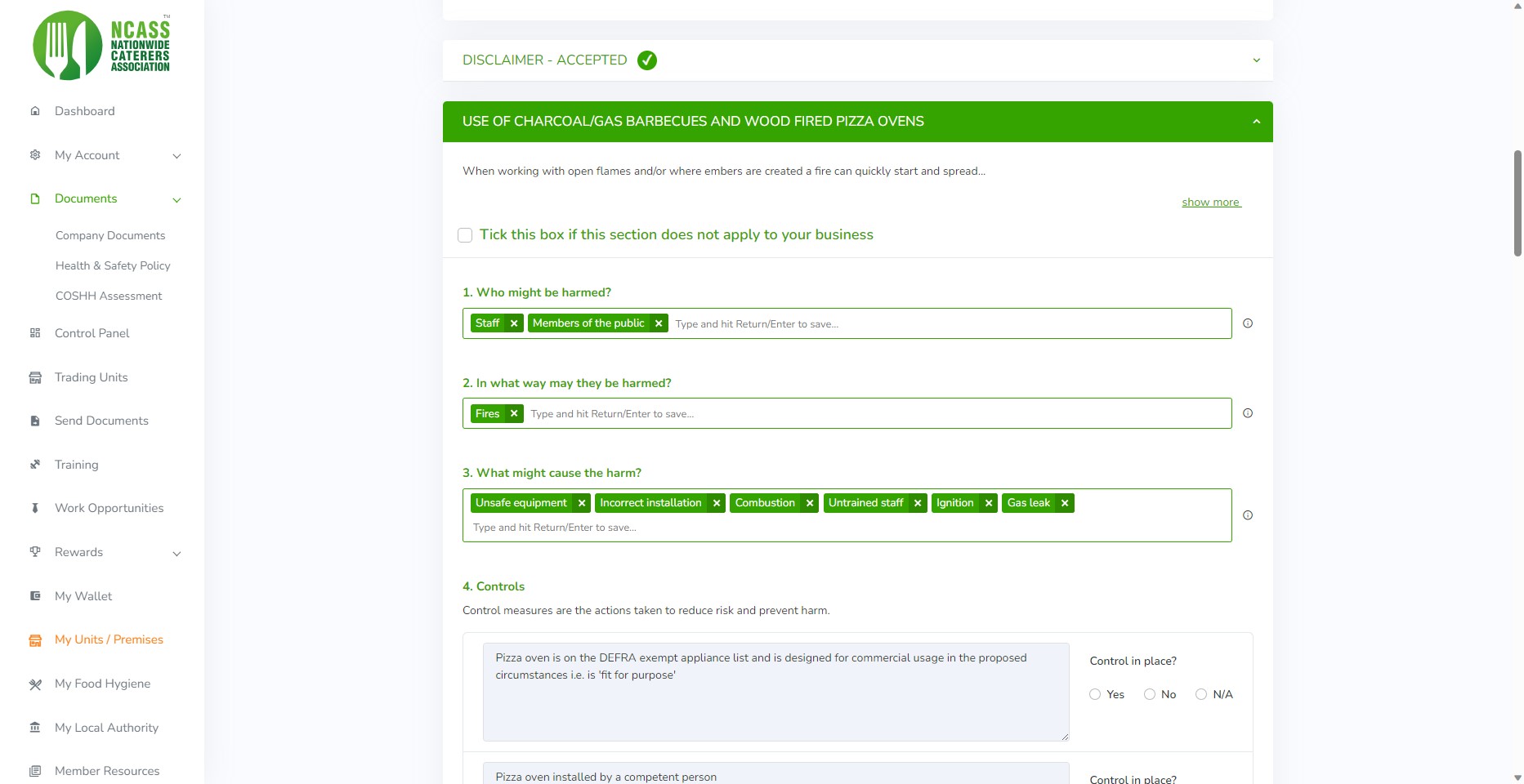
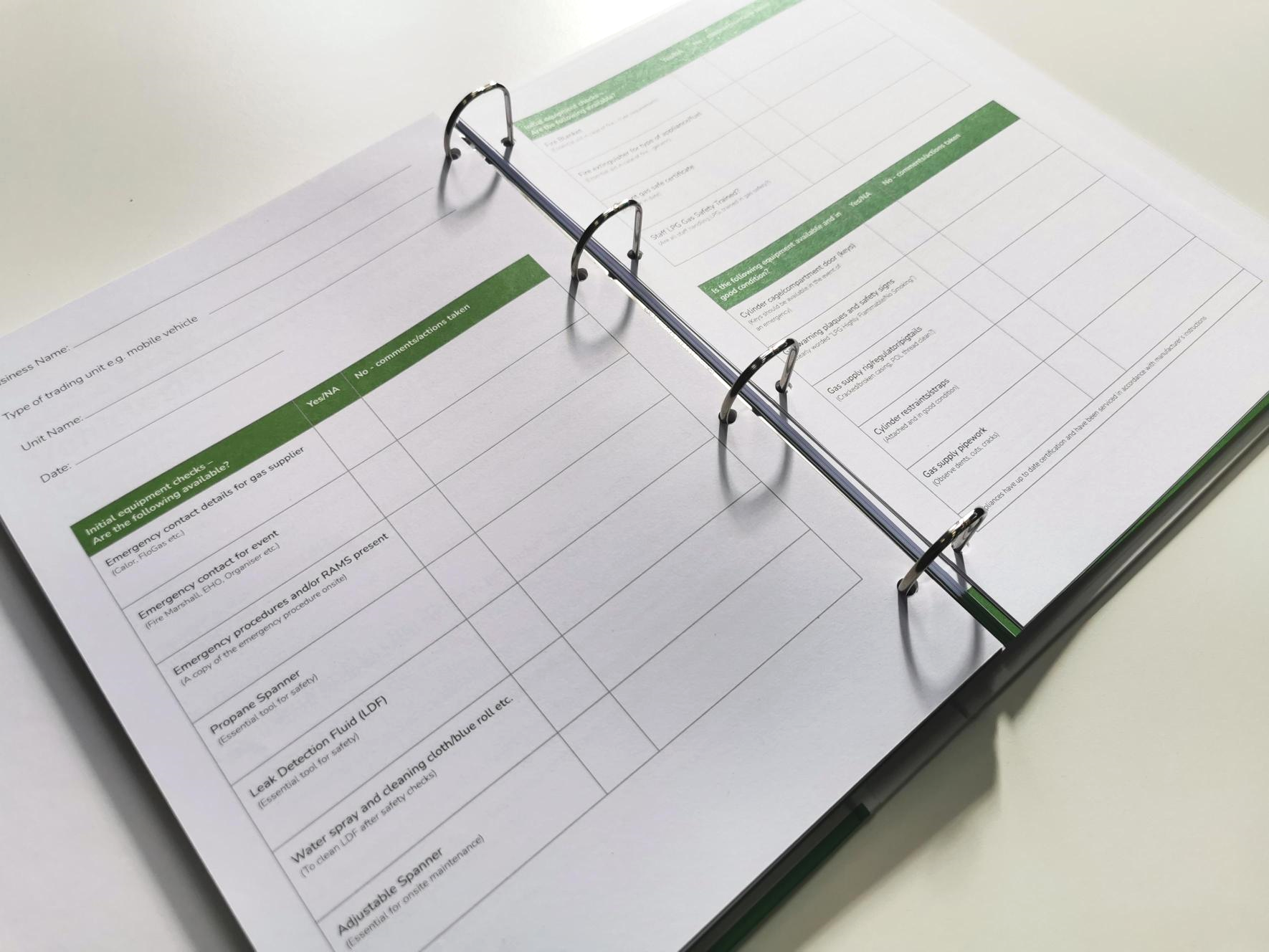

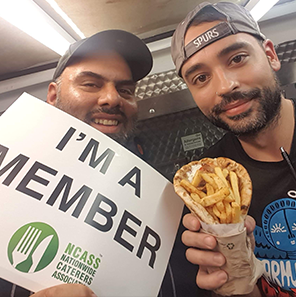
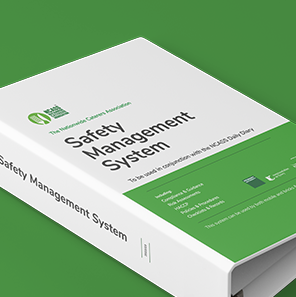

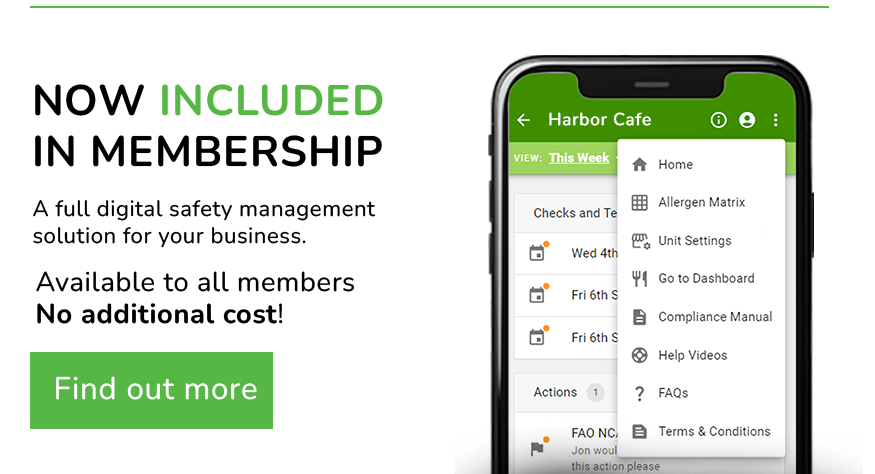
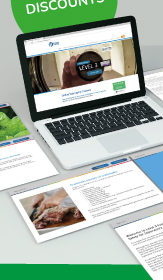 Featured Training
Featured Training